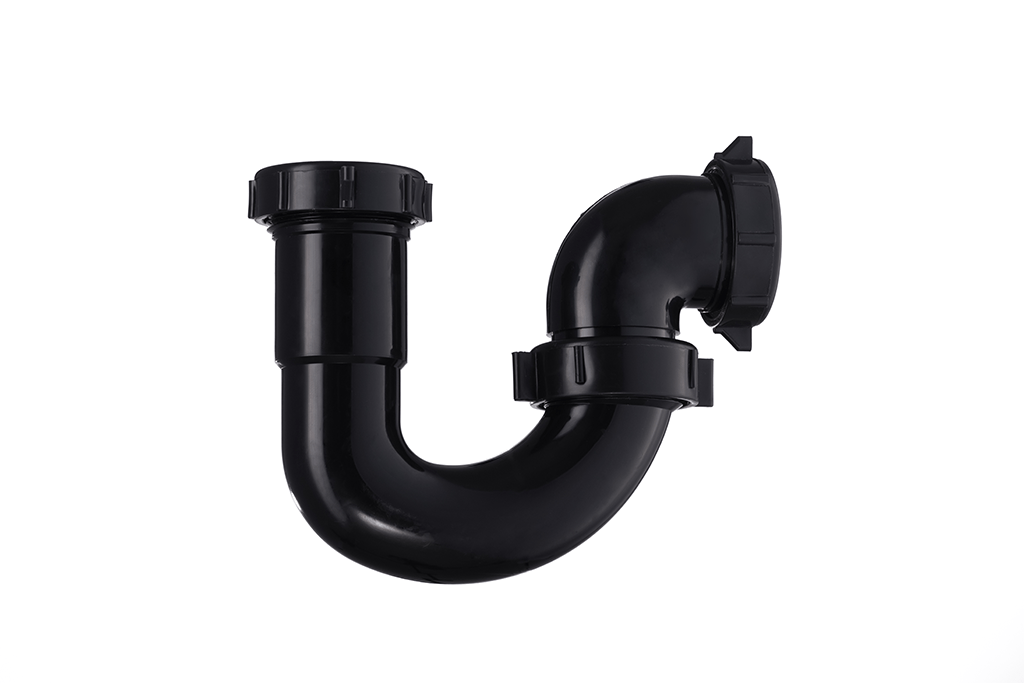If you’re a homeowner in Idaho, chances are you’ve come across a “P-trap” at some point. But what is a P-trap, and why is it essential for your home? In this blog post, we’ll walk you through everything you need to know about P-traps – from how they work to how to properly maintain them. By the end of this post, you’ll be an expert on all things P-traps! So let’s get started…
What is a P-trap and why do I need one in my home plumbing system?
A P-trap is an important component of a home plumbing system. It consists of a curved pipe at the bottom of a drain, usually located beneath the sink. The P-trap is designed to prevent unwanted waste, including sewer gases, from entering the interior spaces of your home. By trapping water in the lowest bend of the P-trap, a seal is formed that not only prevents sewer gas from entering your home, but also helps to prevent clogging due to potential debris buildup from items washing down the drain. P-traps should be inspected and maintained regularly in order to ensure they remain effective and perform their necessary functions within your plumbing system.
The function of a P-trap and how it prevents sewer gases from entering your home
P-traps serve an important purpose in preventing sewer gases from entering your home. P-traps are plumbing fixtures shaped like the letter P, and have a curved segment located underneath the sink. This P-shaped section is always filled with water and acts as a barrier against foul smelling air that may otherwise come up through the pipes. P-traps also help provide proper ventilation to the drainage system, allowing all sewer gases to properly vent outside without letting any backflow into your living space. With regular maintenance and attention to detail, P-traps can ensure that you never have unforeseen unpleasant odors coming from your drains.
The different types of P-traps available on the market today
P-traps are a common plumbing tool used to prevent sewer odours and hazardous gases from entering homes. There are a variety of P-traps available for purchase today, each with unique features. Heavy duty P-traps generally provide the most robust protection and can be found in most hardware stores. They have adjustable plastic joints which allow them to fit with any size pipes. Shallow P-traps are made with large curves, reducing the required space needed to fit them into tight areas such as sink cabinets or basements. Anti-siphon P-traps come equipped with a spring loaded mechanism which limits backup flow, ensuring that sewage is prevented from entering the home. Additionally, flexible P-traps feature rubber inner rings which make installation easier if pipes don’t line up exactly right when connecting P-trap parts together. As the variety of P-traps on the market continues to grow, homeowners can be sure to find one to suit their needs and budget.
How to properly install a P-trap in your home plumbing system
P-traps are commonly used in home plumbing systems as a vital part of the drainage process. When properly installed, P-traps help to prevent sewer gases from entering a home and provide an extra layer of protection for your drains. To ensure that a P-trap is properly installed, start by measuring the distance between the tailpiece and trap arm before purchasing a trap to make sure that it will fit in your space. Next, attach the P-trap to both the drain and tailpiece using quality materials like brass or galvanized steel. Once it has been securely connected, test it by running a few cups of water down each side of the P-trap to ensure that there are no leaks and that water flows freely through your pipes. When these steps have been completed, you can rest assured knowing that you have successfully installed your P-trap and can enjoy improved peace of mind for your plumbing needs.
Tips for maintaining your P-trap to ensure optimal performance
P-traps are vital components of certain plumbing systems, as they essentially act as a barrier to ensure harmful sewer gasses and vermin do not enter your home. In order to keep them functioning at maximum performance, there are a few tips you should keep in mind. To start, P-traps should be checked periodically for blockages and residue buildup. Secondly, P-traps should always be filled with just the right amount of water – too much or too little can impede their ability to perform correctly. Additionally, P-trap joints and connections should be kept tight and free from leaks or loose fittings that could prevent proper flow and functionality. Following these easy steps will help keep your P-trap in top condition, ensuring optimal performance every time.
To recap, a P-trap is a essential part of your home plumbing system and functions to prevent sewer gases from entering your home. There are several different types of P-traps that can fit with any home’s plumbing needs and budget. The installation process for putting these traps in can be a challenging one, although with the proper knowledge, experience and materials it can be done practically anywhere. Plus, it’s important to remember regular maintenance of your P-trap in order to ensure its optimal performance. With the abundance of frequently asked questions found on the internet today, finding out all that you need to know should be easy! When it comes down to taking care of any job related to your P-trap such as installation or repairs, make sure you hire professionals like Master Plumbing who have years of expertise in dealing with them so that you won’t have to stress or worry. So what are you waiting for? Call Master Plumbing today for all your P-trap needs!

